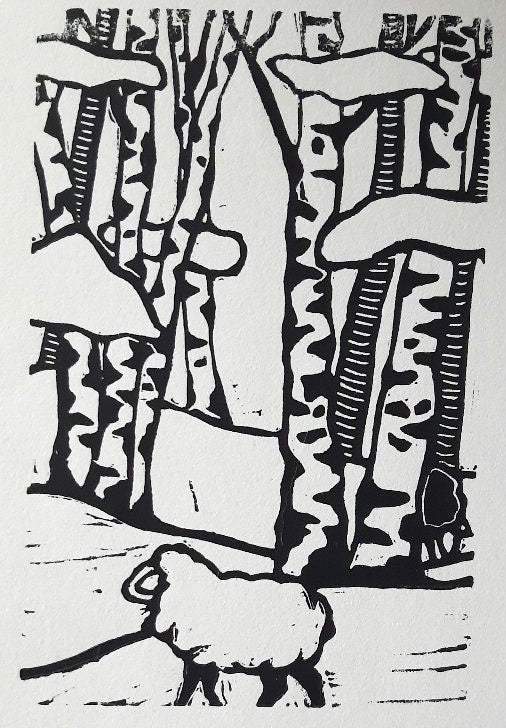All Sorts Acres Farm
Sheep and Paper Birch Tree - Help us plant living fences
Sheep and Paper Birch Tree - Help us plant living fences
Couldn't load pickup availability
A living fence is the deliberate planting of trees at the edge of livestock pasture. These fences are intensively managed for both forest products and forage, providing both short- and long-term income sources. They also provide much needed wind mitigation, wildlife habitat and natural corridors for other living creatures. Hedgerow species can be similar, if not the same as many silvopasture species making our future hedgerows a nursery for future silvopastures. Species chosen will be native to Ontario and beneficial to people, animals, and the ecosystem.
An original, black and white open edition created and hand-pulled print by Jennifer. Mounted on an 8x10 backing board.
Also known as White Birch, this striking tree is easily recognizable by the large, peeling sheets of bark on mature specimens. Natives originally used the pliable bark to make canoes, baskets, or for waterproofing wigwams. The bark does not decompose quickly, so you will often see large strips of bark remaining on top of a nearly decomposed log! The white birch is a medium-sized tree that can be 25 metres tall. The tree’s trunk is covered in thin, smooth white bark that peels off in large sheets. Bark from the white birch is very strong and pliable — it can be used to make canoes. Buds, leaves and seeds from the white birch are a great source of food for birds and animals.
Materials
Materials
Dimensions
Dimensions
Care information
Care information




